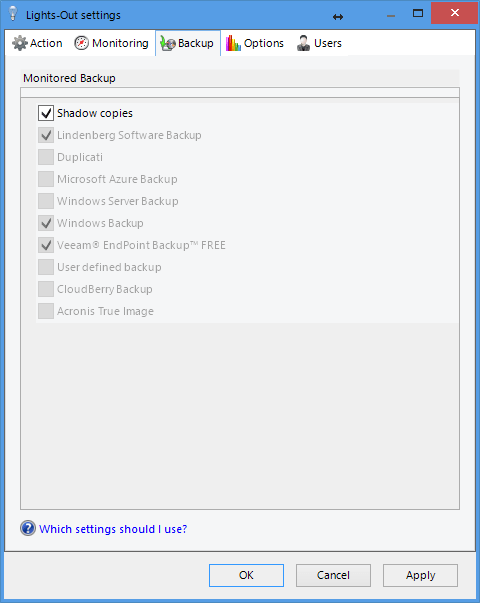


Set the TNS_ADMIN environment variable if the sqlnet.ora, tnsnames.ora, or oraaccess.xml files are desired.Īfter completing the preceding steps you are ready to run the OCI application. See Oracle Database Globalization Support Guide for more information on setting the NLS_LANG environment variable. NLS_LANG is set as an environment variable on UNIX platforms and is set in the registry on Windows platforms. If necessary, set the NLS_LANG environment variable to specify the language and territory used by the client application and database connections opened by the application, and the client's character set, which is the character set for data entered or displayed by a client program. On Windows, set PATH to the instantclient_12_2 directory. For example, on Linux or UNIX, set LD_LIBRARY_PATH to instantclient_12_2. Set the operating system shared library path environment variable to the directory from Step 1.
#LIGHTS OUT 2 CLIENT INSTALL INSTALL#
Or, for Oracle Universal Installer, invoke the Oracle Universal Installer and select the Instant Client option and install the Instant Client shared libraries to an empty directory, such as instantclient_12_2, for Oracle Database 12 c Release 2 (12.2). The following steps are for the Linux, Unix, and Windows environments.įrom the Oracle Technology Network, download and install the Instant Client shared libraries to an empty directory, such as instantclient_12_2, for Oracle Database 12 c Release 2 (12.2). The following tables shows the Oracle Database client-side files required to deploy an OCI application: It describes the version, date and time, and the operating system the Instant Client was generated on. It is simple for independent software vendors to package applications.Ī README file is included with the Instant Client installation. There is no loss of functionality or performance for applications deployed using Instant Client. The Oracle Database client-side number of required files and the total disk storage are significantly reduced. Installation involves copying a small number of files or installing a package, for example the Linux RPM packages. Finally, the Instant Client is easy to install.
#LIGHTS OUT 2 CLIENT INSTALL FULL#
The Instant Client shared libraries occupy only about one-fourth the disk space of a full client-side installation. The storage space requirement of an OCI application running in Instant Client mode is significantly reduced compared to the same application running in a full client-side installation.


 0 kommentar(er)
0 kommentar(er)
